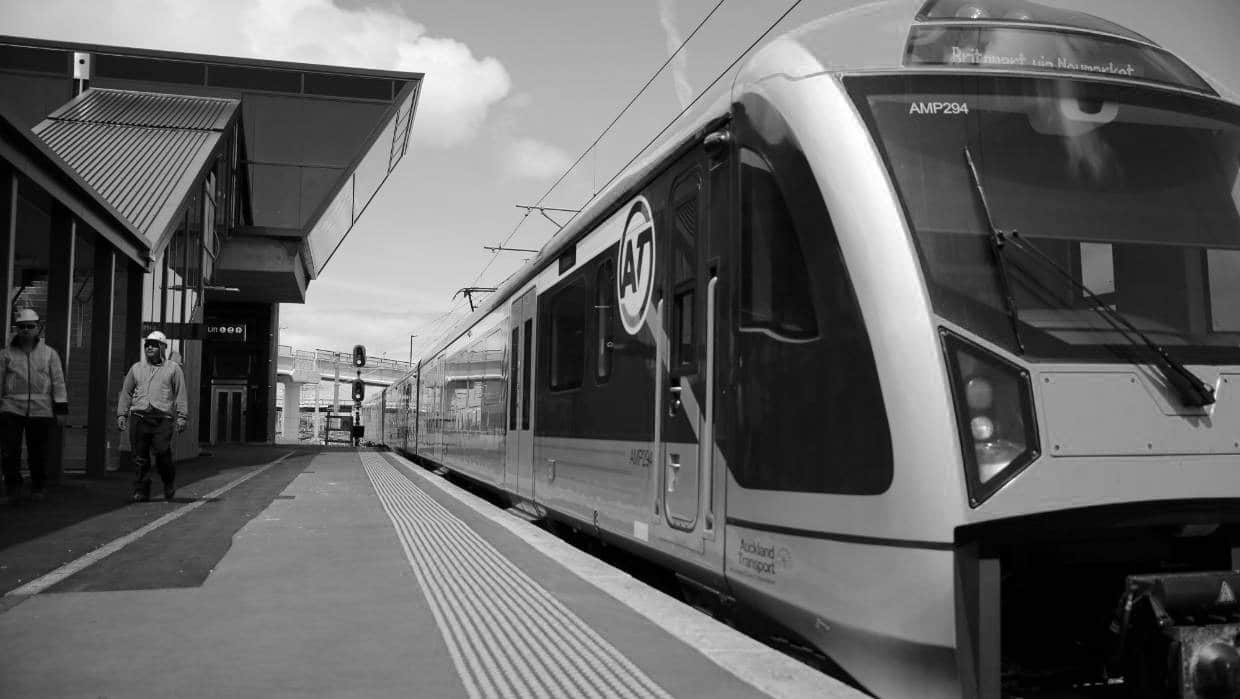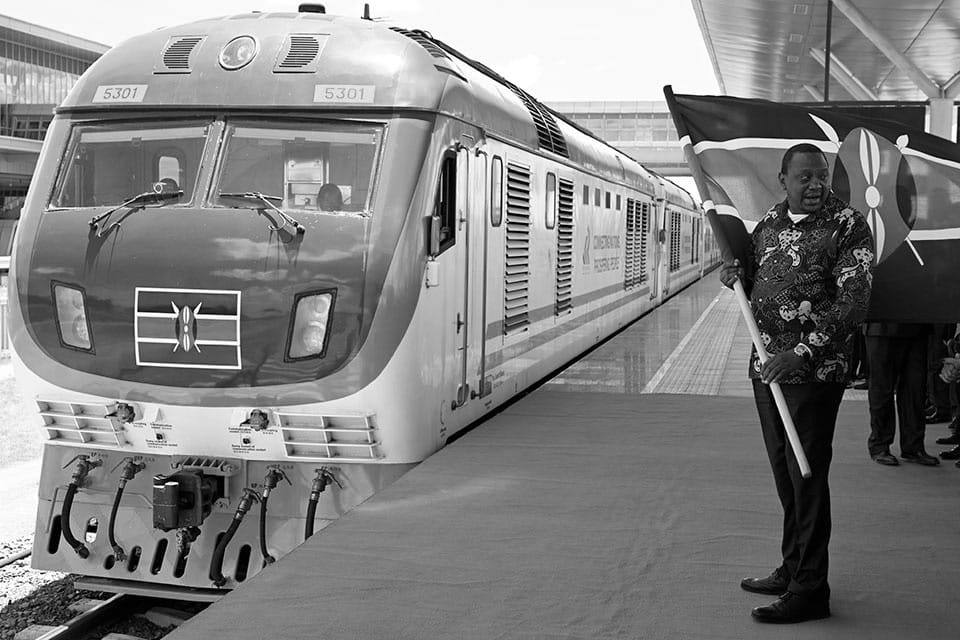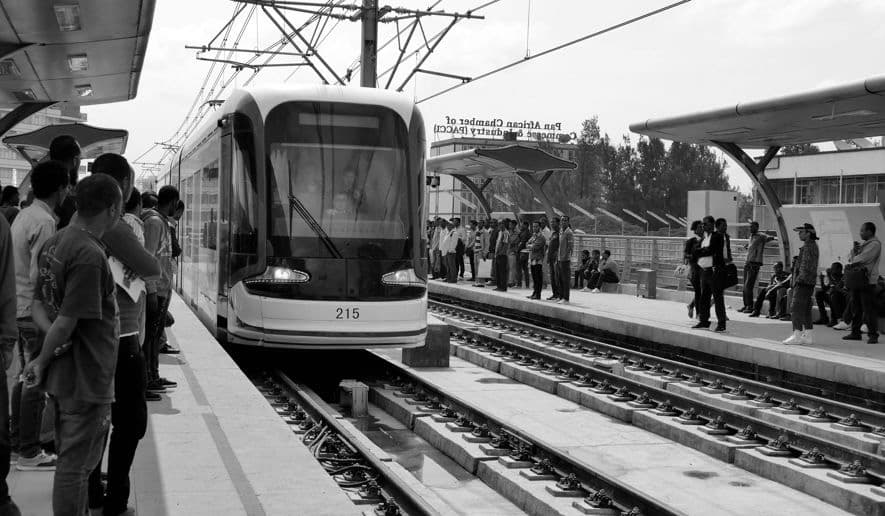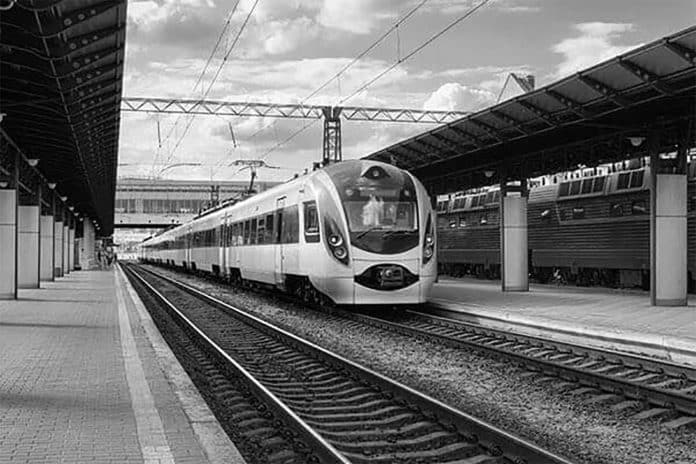Tanzania SGR vs Kenya SGR: A Comparative Analysis of East Africa’s Railway Projects
In the race for progress and development, East Africa has become a focal point for infrastructure upgrades, particularly in the railway sector. Two countries leading the way with their ambitious railway projects are Tanzania and Kenya, with their respective Standard Gauge Railways (SGR) gaining significant attention. In this article, we will undertake a comparative analysis of Tanzania SGR vs Kenya SGR, scrutinizing their features, progress, and impact on their respective economies.
Tanzania’s SGR, also known as the Central Line, aims to provide a modern and efficient transportation system for both passengers and cargo, linking the country’s key regions and ultimately connecting with neighboring countries. On the other hand, Kenya’s SGR, a flagship project under the country’s Vision 2030 development blueprint, has already established itself as a major player in East Africa’s transport landscape, connecting Nairobi to the coastal city of Mombasa.
By examining the similarities and differences between these two projects, we will gain insights into the challenges, opportunities, and outcomes associated with East Africa’s railway development endeavors. So, let’s embark on this comparative journey and delve into the fascinating world of Tanzania’s SGR versus Kenya’s SGR.
Historical background of railway development in East Africa

Railway development in East Africa has a rich history that dates back to the colonial era. The first railway line was constructed in Kenya during the late 19th century, connecting the port city of Mombasa to the interior town of Kisumu. This railway project, known as the Uganda Railway, played a crucial role in supporting the colonial administration, facilitating the transportation of goods and resources.
Tanzania’s railway development also began during the colonial period, with the construction of the Central Line that connected the port city of Dar es Salaam to the interior regions of the country. This railway line served as a vital link for transporting agricultural produce and minerals, contributing to Tanzania’s economic growth. Now before we go into the details of the Tanzania SGR vs Kenya SGR, let’s discuss each country’s SGR project.
Overview of the Tanzania SGR project
The Tanzania SGR, officially known as the Central Line, is a transformative railway project aimed at modernizing the transportation infrastructure in the country. The project, which started in 2017, involves the construction of a new standard gauge railway line from Dar es Salaam to Mwanza, with plans to extend it to neighboring countries such as Rwanda and Uganda.
The Tanzania SGR project is expected to enhance connectivity, reduce transportation costs, and increase the efficiency of freight and passenger transportation. It will also stimulate economic growth by facilitating trade and investment opportunities along the railway corridor. The project has received support from international partners and is seen as a key driver of Tanzania’s socioeconomic development.
Overview of the Kenya SGR project

The Kenya SGR project is a flagship initiative under the country’s Vision 2030 development blueprint. It aims to provide a modern, efficient, and reliable railway system that will transform the transportation landscape in Kenya and the wider East African region. The project, which was completed in 2017, connects the capital city of Nairobi to the coastal city of Mombasa.
The Kenya SGR project consists of two phases: the Mombasa-Nairobi line and the Nairobi-Malaba line. The Mombasa-Nairobi line, which is operational, has significantly reduced travel time between the two cities, providing a faster and more convenient mode of transportation. The Nairobi-Malaba line is still under construction and is expected to further enhance connectivity and trade within the region.
Comparison of project timelines and progress
When comparing the project timelines and progress of the Tanzania SGR and Kenya SGR, it is evident that Kenya’s project has made significant strides. The Kenya SGR project was completed in a relatively short time frame, with the Mombasa-Nairobi line taking just under four years to construct. On the other hand, the Tanzania SGR project has faced delays and challenges, resulting in slower progress.
The delays in the Tanzania SGR project can be attributed to various factors, including funding constraints, technical difficulties, and land acquisition issues. These challenges have hindered the timely completion of the project and have raised concerns among stakeholders. However, efforts are being made to overcome these obstacles and accelerate the project’s progress.
Analysis of project costs and funding sources
The costs associated with the Tanzania SGR vs Kenya SGR projects have been substantial, reflecting the complexity and scale of these ambitious infrastructure initiatives. The total cost of the Tanzania SGR project is estimated to be around $7.6 billion, with funding sourced from both domestic and international sources. The government of Tanzania has made significant investments in the project, while international partners, such as China, have provided financial support and technical expertise.
The Kenya SGR project has a total cost of approximately $3.2 billion, with the majority of the funding coming from the Export-Import Bank of China. The project has attracted criticism and debate regarding its financing model and the implications for Kenya’s debt sustainability. However, proponents argue that the long-term economic benefits generated by the project outweigh the initial costs.
Examination of technical specifications and features
Both the Tanzania SGR vs Kenya SGR projects boast impressive technical specifications and features that contribute to their efficiency and reliability. The Tanzania SGR project utilizes standard gauge tracks, allowing for higher speeds and increased capacity. The railway line is designed to accommodate both passenger and freight trains, with plans for electrification in the future to further improve operational efficiency.
The Kenya SGR project also utilizes standard gauge tracks and features modern trains equipped with advanced technology. The trains are designed for both passenger and cargo transportation, offering comfortable and convenient travel options. The project incorporates cutting-edge signaling systems, ensuring safety and smooth operations along the railway line.
Economic impact and benefits of the SGR projects

The Tanzania SGR and Kenya SGR projects have the potential to generate significant economic impact and benefits for their respective countries. The improved connectivity and transportation efficiency offered by these railway systems can boost trade, attract investment, and stimulate economic growth.
The Kenya SGR project has already demonstrated its economic impact, with increased trade volumes and reduced transportation costs. The railway line has facilitated the movement of goods between the port of Mombasa and Nairobi, supporting the country’s export-oriented industries and enhancing regional integration. It has also created employment opportunities and contributed to the development of surrounding areas.
The Tanzania SGR project is expected to have similar economic benefits, providing a reliable transportation network for the movement of goods and people. It will enhance regional trade and integration, opening up new markets and attracting investment. The project is also expected to create jobs and stimulate economic activities along the railway corridor, particularly in the areas of logistics, manufacturing, and tourism.
Challenges and controversies surrounding the projects
Despite the potential benefits, the Tanzania SGR and Kenya SGR projects have faced challenges and controversies throughout their development. One common concern is the environmental impact of these projects, particularly in terms of land acquisition and disruption of ecosystems. Efforts have been made to mitigate these concerns through environmental impact assessments and community engagement.
Another challenge is the issue of project financing and debt sustainability. The reliance on external funding, particularly from China, has raised questions about the long-term implications for the countries’ debt burdens. Critics argue that the repayment terms and conditions attached to these loans may pose risks to the countries’ fiscal stability.
Furthermore, the delays and technical difficulties experienced in the construction of the Tanzania SGR project have raised concerns about project management and implementation. These challenges highlight the need for effective planning, coordination, and oversight in large-scale infrastructure projects.
Which SGR project is more successful and why?
In conclusion, Tanzania SGR vs Kenya SGR projects have the potential to transform the transportation landscape in East Africa and contribute to economic growth. While the Kenya SGR project has achieved faster progress and demonstrated its economic impact, the Tanzania SGR project is still in the early stages of development.
The success of these projects ultimately depends on various factors, including effective project management, transparent governance, adequate financing, and stakeholder engagement. Both countries can learn from each other’s experiences and best practices to ensure the successful implementation and operation of their respective railway systems.
As East Africa continues to prioritize infrastructure development, the Tanzania SGR and Kenya SGR projects serve as important milestones in the region’s journey towards progress and connectivity. These railway initiatives are not only symbols of ambition and innovation but also catalysts for socioeconomic development in East Africa.
So, let us celebrate the efforts and achievements of Tanzania and Kenya as they pave the way for a brighter and more connected future in East Africa.
For more articles related to Transportation in Tanzania, click here!





























